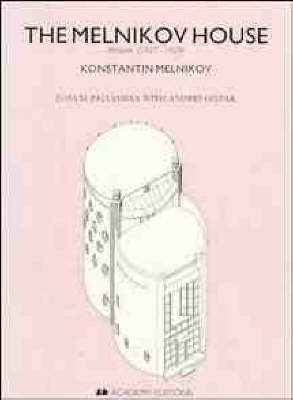The Historical Buildings Monographs series features buildings of historical significance, focusing on individual buildings from every period, from the prehistoric to the contemporary, which are influential for a variety of reasons. Some are cult buildings, whilst others have had a major effect on students at a certain point in time but have since returned to obscurity. Most importantly, all the buildings are considered to be unique whether in the context of time, geography, society or aesthetic impact. The titles in this series are: The How House; The Faculty Club, University of California; Manikata Church; The Architecture of Ludwig Wittgenstein; Viipuri Library and Christchurch Priory. The Melnikov House is a detailed account of the unusual cylindrical house built by Konstantin Melnikov for himself and his family in Moscow from 1927 to 1929. The house is explored in two essays and in photographs and drawings ranging from Melnikov's original plans to photographs taken during construction and detailed renovation drawings. In his analytical essay Juhani Pallasmaa investigates the genealogy of the Melnikov House, looking at precedent and discussing the use of the cylindrical form.
Andrei Gozak's essay contains important new information about the original use of colour in the house and gives an account of the plight of the Melnikov House since 1929.
- ISBN10 1854904132
- ISBN13 9781854904133
- Publish Date 1 January 1996
- Publish Status Out of Print
- Out of Print 5 February 2005
- Publish Country GB
- Publisher John Wiley and Sons Ltd
- Imprint Wiley-Academy
- Format Paperback
- Pages 81
- Language English
